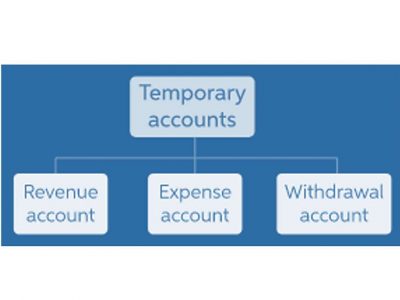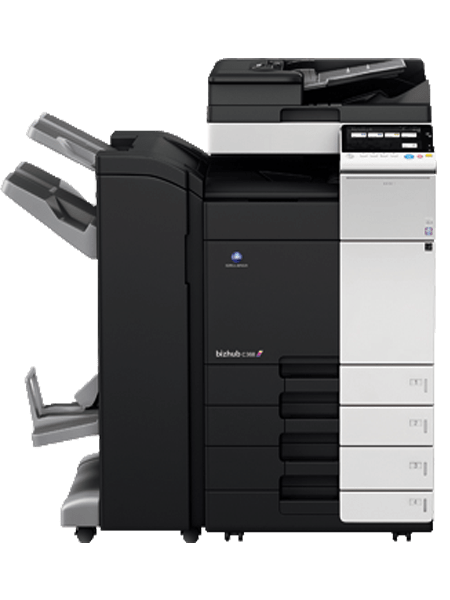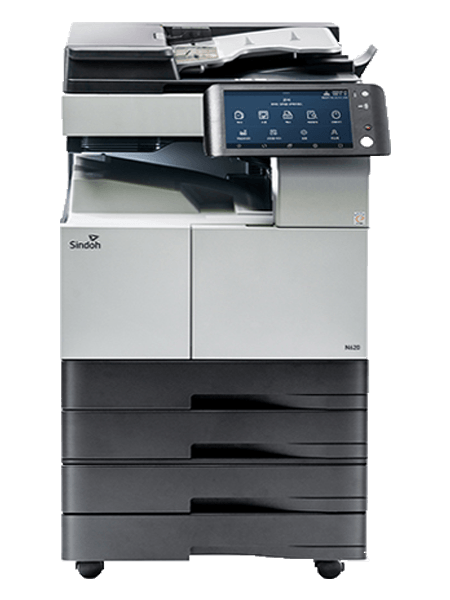
This process reduces both the company’s retained earnings and cash reserves, adjusting entries impacting the balance sheet and cash flow statement. For instance, if a company declares a $1 per share dividend on 1 million shares, it would record a $1 million liability, which is then settled on the payment date. Upon the declaration of dividends by the board of directors, the company must make an entry in its journal to reflect the creation of a dividend payable liability. This entry involves debiting the retained earnings account and crediting the dividends payable account.
- And of course, dividends needed to be declared first before it can be distributed or paid out.
- Over time, this can lead to significant growth in their holdings, especially if the company performs well.
- This is because the company is obligated to pay the dividend to the shareholders, even if it does not have the cash on hand to do so.
- Companies must pay unpaid cumulative preferred dividends before paying any dividends on the common stock.
- A company that lacks sufficient cash for a cash dividend may declare a stock dividend to satisfy its shareholders.
Get in Touch With a Financial Advisor

To illustrate, assume that Ironside Corporation declared a property dividend on 1 December to be distributed on 4 January. There is nothing wrong with this procedure, except that a closing entry must be made to close the Dividends Declared account into Retained Earnings. As a result of this entry, the ultimate effect is to reduce retained earnings by the amount of the dividend. Returning to the General Electric Company example, the company paid dividends of $852 million in 1983, which represented 42% of its net income. From a theoretical and practical point of view, there must be a positive balance in retained earnings in order to issue a dividend.
Stock Dividends
Dividends are typically paid out of a company’s profits, and are therefore considered a way for the company to distribute its profits to shareholders. Dividends are often paid on a regular basis, such as quarterly or annually, but a company may also choose to pay special dividends in addition to its regular dividends. Although, the duration between dividend declared and paid is usually not long, it is still important to make the two separate journal entries.

Journal Entries for Dividends

The board of directors of companies understand the need to provide shareholders with a periodic return, and as a result, often declare dividends usually two times a year. For example, Woolworths Group Limited generally pays an interim dividend in April and a final dividend in September or October each year. A cash dividend is the standard form of dividend payout authorized by a corporation’s board of directors. These dividends are typically authorized for payment in cash on either a quarterly or annual https://x.com/bookstimeinc basis, though special dividends may also be issued from time to time. A stock dividend is when a company issues additional shares of its own stock to its shareholders, usually in proportion to the number of shares they already hold. In addition, stock dividends transfer a part of retained earnings to permanent capital.

Paid Dividend Journal Entry
However, it’s important to note that reinvested dividends are still subject to taxation, as shareholders must report the value of the reinvested dividends what type of account is dividends as income on their tax returns. This tax treatment underscores the importance of understanding the financial and tax implications of participating in a DRIP. In some jurisdictions, tax credits or deductions are available to mitigate the impact of double taxation. For example, in Canada, the dividend tax credit allows individuals to reduce their tax liability on dividends received from Canadian corporations.







